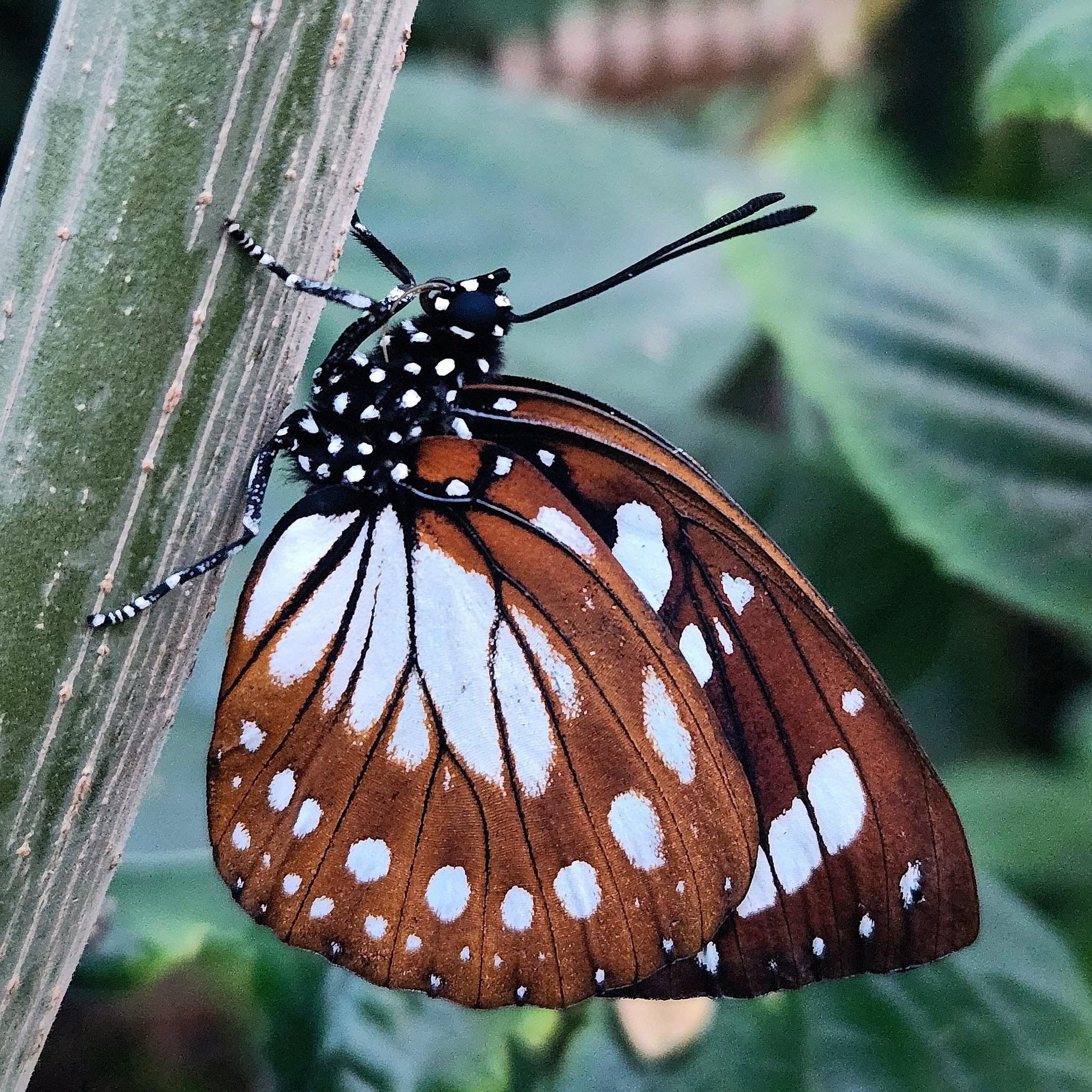– Butterfly sensory perception and behavior, particularly how they taste with their feet
– The anatomical marvel of butterfly wings and their scales
– The life cycle of butterflies and metamorphosis
– The ecological role and conservation of butterfly species
– Interactive learning: Engaging with butterflies in educational settings
Butterflies are one of nature’s most enchanting creatures, fluttering through our gardens and wild spaces with an elegance that captures the human imagination. Their delicate wings and vibrant colors have made them a symbol of transformation and beauty across cultures, and there is always more to learn about these fascinating insects on National Learn About Butterflies Day.
As a part of their remarkable sensory system, butterflies taste with their feet. Structurally, their feet are equipped with gustatory receptors, which allow them to sense the chemical composition of potential food sources. This ability is crucial for their survival, as it helps them locate and identify suitable plants for laying their eggs, ensuring that their caterpillars have immediate access to nourishment upon hatching.
This unique tasting method is part of a broader array of complex behaviors and adaptations butterflies have evolved. When a butterfly lands on a plant, it taps its feet to gauge the plant’s suitability, a behavior known as ‘drumming.’ This not only informs the butterfly whether the plant is the right species but also detects the presence of toxins and other substances that might be harmful to its offspring.
In discussing butterfly sensory perception, we cannot overlook their vision. Butterflies possess a wide field of vision and can detect colors, including ultraviolet light, which is invisible to humans. These visual capabilities assist them in finding flowers and mates, and the ultraviolet patterns found on their wings play a role in communication.
Now, as we peek into the world of butterfly wings, we marvel at the intricate architecture of tiny scales that coat them. These scales are pigmented with melanins that provide darker colors and uric acid derivatives for whites and yellows. In contrast, structural colors result from the microstructure of the scales reflecting light in particular ways. This display is not just for show: it serves various purposes, from camouflage and warning colors to mate attraction and temperature regulation.
The scales that cover butterfly wings can come off quite easily, as anyone who has ever handled a butterfly and ended up with a fine powder on their fingers can testify. This powder is made up of these scales, which are shed easily to aid in escape from predators.
Butterflies undergo one of the most astounding life cycles in the natural world: complete metamorphosis. Beginning as an egg, each butterfly emerges as a voracious caterpillar—the larval stage, dedicated entirely to eating and growing. After intense feeding and multiple moltings, the caterpillar enters the pupal stage or chrysalis, which undergoes a dramatic transformation. Tissues are broken down and reorganized, and within this protective casing, the creature slowly reshapes into the adult butterfly we recognize. This process of metamorphosis is a stunning example of the complexity and adaptability of nature, allowing the butterfly to exploit different ecological niches during its life.
Butterflies are important pollinators in many ecosystems, contributing to the reproductive success of flowering plants. However, their role extends beyond pollination; as part of the food web, they prey on birds, bats, and other insectivorous animals. Their caterpillars are also a significant food source, especially for birds raising their chicks.
The diversity of butterfly species, from the Forest Queen (Euxanthe wakefieldi) to the Monarch (Danaus plexippus), is threatened by habitat loss, climate change, and pollution. Conservation efforts focus on preserving critical habitats, mitigating pesticide use, and fostering public awareness. Butterfly gardens and wildlife corridors are established to aid their conservation, offering sanctuaries rich in nectar sources and host plants.
At the Butterfly House, our commitment to conservation and education is evident in our Lopata Learning Lab, which provides visitors with an interactive experience to learn about butterflies. Imagine witnessing the delicate process of a butterfly emerging from its chrysalis or observing an entomologist tag butterflies for research and tracking purposes. Education plays a pivotal role in conservation efforts, and by engaging with the public, scientists and educators can inspire action to protect these insects and their habitats.
Inquisitive visitors can engage with our experts—the dedicated entomologists—who are always ready to share their knowledge about butterfly behavior, ecology, and conservation. From explaining the minute details of wing scales to discussing the latest research on butterfly migration patterns, they enhance the visitor experience and promote a deeper understanding of these insects.
On National Learn About Butterflies Day, we celebrate these remarkable creatures and their continuous efforts to study and protect them. As an integral part of the ecosystem and a joy to behold, butterflies remind us of the beauty of nature and the importance of nurturing our environment. Whether through a visit to the Butterfly House or planting native flowers in your backyard, everyone can participate in butterfly conservation and appreciate the magic they bring into our lives. So the next time you spot a butterfly alighting on a flower, take a moment to observe and marvel at this small wonder—a creature exceptional in both its intricacy and its importance to our world.
*****
Source Description
Happy National Learn About Butterflies Day! Did you know that butterflies taste with their feet? How about their wings being covered with thousands of tiny scales? There are a million things to appreciate about butterflies, and we want to share them with you here at the Butterfly House! Make sure you stop by our Lopata Learning Lab or talk to one of our entomologists on your next visit to learn more about these fascinating insects 🦋✨📚
🦋: Euxanthe Wakefieldi, the Forest Queen
📷: Nicole Pruess

